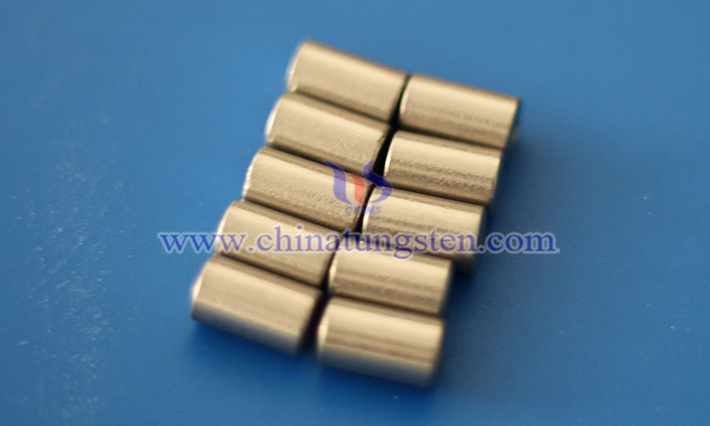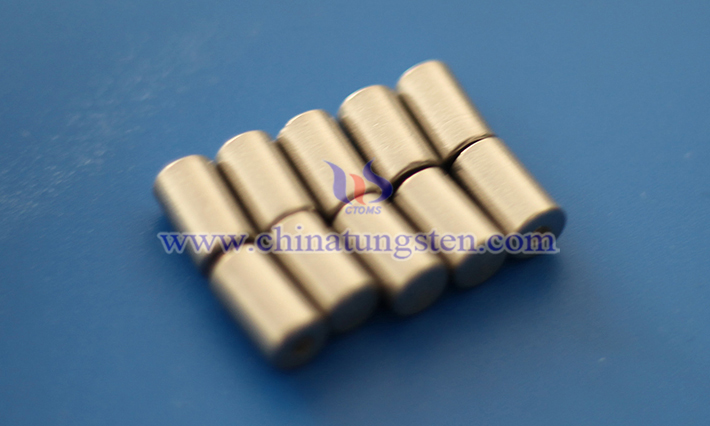What Is the Physical and Chemical Properties of Ammonium Metatungstate?
- Details
- Category: Tungsten Information
- Published on Monday, 14 April 2025 11:01
- Written by Xiaoting
- Hits: 313

Ammonium metatungstate (AMT) produced by CTIA GROUP LTD is a compound formed by the combination of ammonium cations and metatungstate anions, classified as a composite salt. In appearance, it typically presents as a white crystalline powder, occasionally with a slight yellowish hue, and is widely used in fields such as petrochemicals, electronics, aerospace, and fire-resistant fabrics.
Read more: What Is the Physical and Chemical Properties of Ammonium Metatungstate?
What Is Ammonium Metatungstate?
- Details
- Category: Tungsten Information
- Published on Monday, 14 April 2025 10:58
- Written by Xiaoting
- Hits: 285

Ammonium metatungstate (AMT) produced by CTIA GROUP LTD is an inorganic composite salt with the molecular formula H₂₈N₆O₄₁W₁₂, formed by the combination of ammonium cations and metatungstate anions. It appears as a white crystalline powder or slightly yellowish solid. At the microscopic level, its atoms are arranged in an orderly manner through specific chemical bonds, forming a stable chemical structure that endows AMT with unique chemical properties.
Application of Barium Tungsten Electrodes in Lighting
- Details
- Category: Tungsten Information
- Published on Friday, 11 April 2025 14:26
- Written by Zhenghua
- Hits: 275

The application of barium tungsten electrodes in the lighting field mainly focuses on special light sources such as high-intensity discharge lamps (HID lamps), stroboscopes, and xenon flash lamps. Their unique advantages and limitations jointly shape the boundaries of application scenarios. The following analysis combines their characteristics with application scenarios:
Read more: Application of Barium Tungsten Electrodes in Lighting
Application of Barium-Tungsten Electrodes in the Laser Field
- Details
- Category: Tungsten Information
- Published on Friday, 11 April 2025 14:28
- Written by Zhenghua
- Hits: 307

The application of barium-tungsten electrodes in the laser field is primarily attributed to their excellent electron emission performance and high-temperature stability, particularly in gas discharge lasers where they play a critical role. Below is a detailed analysis of their key applications and advantages:
Read more: Application of Barium-Tungsten Electrodes in the Laser Field
Applications of Barium Tungsten Electrodes in the Electronics Field
- Details
- Category: Tungsten Information
- Published on Friday, 11 April 2025 14:23
- Written by Zhenghua
- Hits: 313

Barium Tungsten Electrodes have a wide range of applications in the electronics field, primarily due to their combination of barium’s low work function (which facilitates electron emission) and tungsten’s mechanical strength and heat resistance. Below are some of their key application scenarios in the electronics domain:
Read more: Applications of Barium Tungsten Electrodes in the Electronics Field





 sales@chinatungsten.com
sales@chinatungsten.com